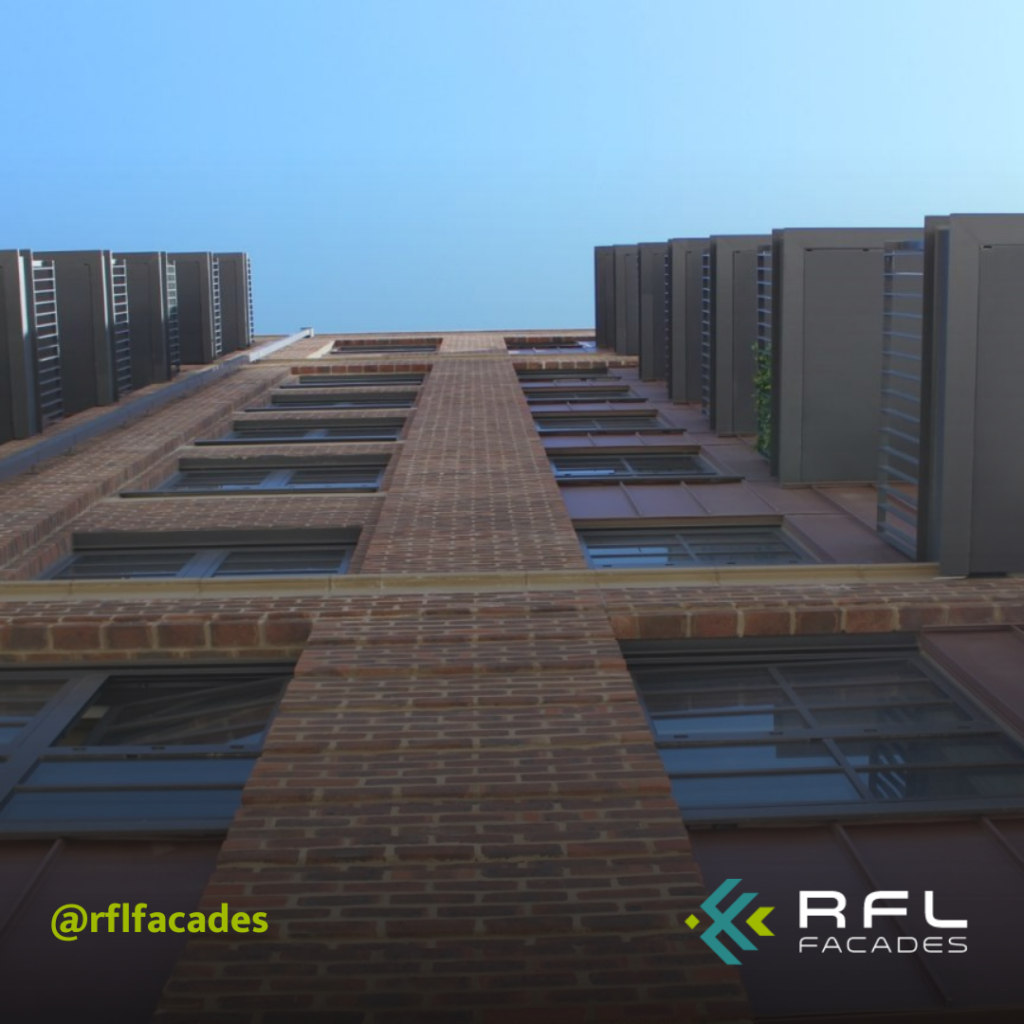
Recent events like the tragedy that occured in the Grenfell Tower are testament that getting cladding systems wrong can have disastrous consequences. A direct result from such occurrences has placed cladding queries at the top of the list for technical concerns on commercial property transactions.
A façade acts as the public face of a building. The visual appeal of the construction depends on the aesthetic of its design. However, the technical properties and performance of a façade are equally important although they often remain in the background. Cladding and fire safety might be the biggest technical challenge the profession has faced since the dangers of asbestos became publicised.
Today, leading facades specialists have their reputations attached to their ability to ensure selection of façade materials that meet fire resistance standards. This is because façade spread is one of the fastest ways in which a fire travels through buildings. The properties of the system and materials utilised in the construction are vital to prevent the spread of fire, this is where standardised fire testing and ratings come into play.
What is BS-8414?
BS 8414 – is a large-scale system test that mimics a fire breaking out of a window and exposing a cladding system to a severe fire. It does not test the individual component parts of a rainscreen cladding system in isolation (i.e. the fixings, fire breaks, cavities or insulation), but rather how the full build up behaves in fire conditions.
BS 8414-1:2020 – This is the fire test method for non-loadbearing external cladding affixed to the masonry face of a building e.g. concrete. Typically, we see this applied in older buildings, originally constructed in concrete.
BS 8414-1:2020 – This is the fire test method for non-loadbearing external cladding systems fixed to and supported by a structural steel frame. Typically, we see this in new builds with modern building materials.
The BS 8414 standard was first published by British Standards in 2002 and is the standard used in the UK, the Middle East and Australia.
What is BR-135?
BR 135 sets out the criteria, design methodologies and fire spread performance characteristics that an external cladding build up must meet in a full-scale fire test.
So, BR 135 is the fire testing criteria (or standard) whilst BS 8414 is the testing methodology (how the test is performed).
Put another way, a full scale system test is carried out according to the BS 8414 methodology, and a fire test certificate is always issued to summarise what happened in the test, even if the build-up did not meet the criteria set out in BR 135. The BS 8414 report is simply a report of what happened and how the build-up performed. If the build-up meets the stringent criteria for performance as set out in BR 135, then a BR 135 Fire Test Certificate is issued
Why is the BS 8414 important in the rainscreen cladding sector?
A rainscreen cladding UK system is the most efficient solution for envelope purposes. The choice of the external material is extremely important as this selection will determine thermal and acoustic performance, the façade’s lifetime and its fire resistance.
In the rainscreen cladding systems, fire barriers are used to avoid fire spread. These elements are especially designed to restrict the movement of fire within the building. For that purpose, it is vital to employ non-combustible materials for insulation, structure, and façade cladding.
Thanks to its innate properties, natural slate is fire resistant and has proved this by achieving the A1 classification, which underlines its capacities.
The BS 8414 testing methodology is important because it provides a recognised standard for testing complete rainscreen cladding build up, and not just the component parts.
When a build-up is awarded a BR 135 classification, architects, contractors and installers – and most importantly the tenants – can be assured that the cladding build up tested performs well in fire conditions, drastically minimising the spread of fire in a tall building. This is especially important in tall buildings where fire fighters need longer to put out the fire and residents are more at risk due to the height of the building and their route of escape.
For any tall building (classed as 18m or above in England and 11m or above in Scotland), combustible materials are not allowed in the rainscreen cladding build up. The only exception to this rule is when a fire test proves the materials used in the rainscreen build up do not contribute to the spread of fire.
Wrap Up
Plans to construct new buildings or refurbishments of old ones require thorough research and consideration towards fire safety and performance. It would be advisable to work with an experienced provider in specialist facades services, as they have the expertise to recommend approved render systems in the UK and rainscreen cladding systems that will give a building the best all around performance with fire safety in mind.

